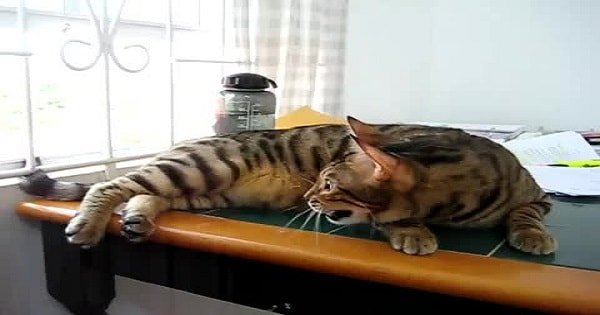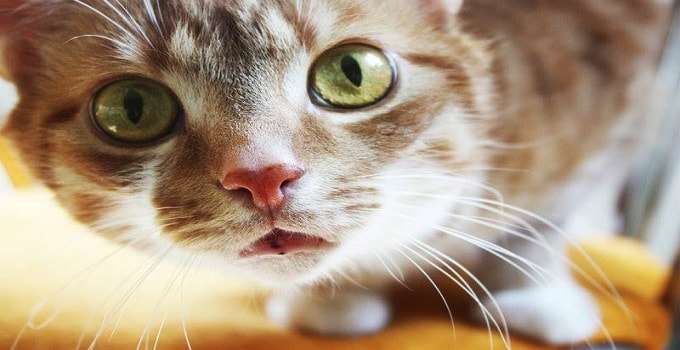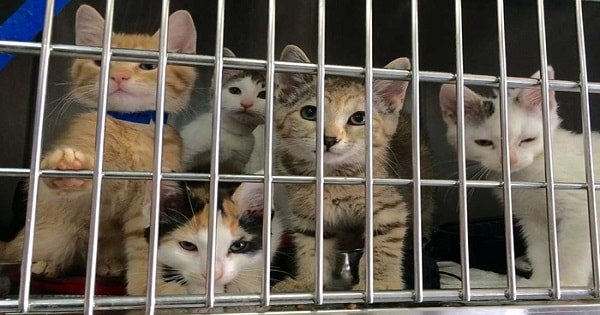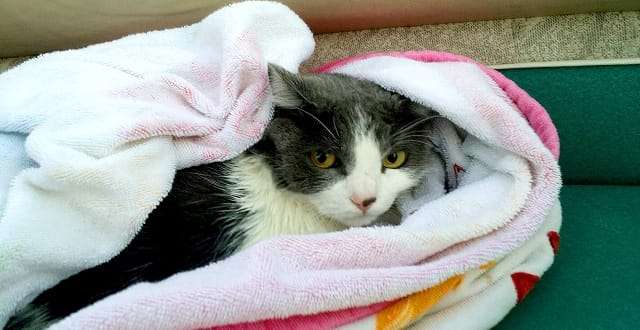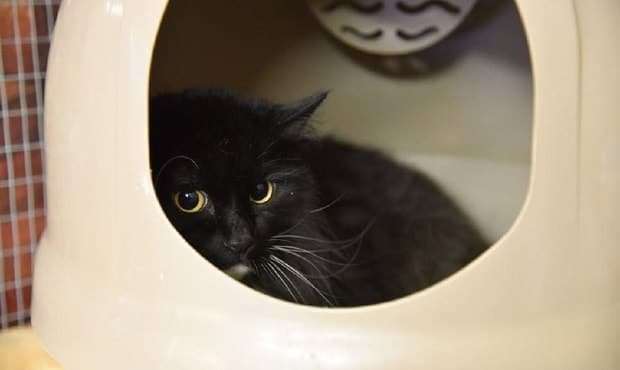KENYA – An independent medical laboratory network has called on cat owners living in Kenya to be vigilant after a cat was found infected with a virus that is similar to HIV/AIDS in humans.
The blood of the pet, which was subjected to lab tests by its owner after it exhibited gradual weight loss and lack of energy, was found to have Feline Immunodeficiency Virus (FIV), which is in the same exact family with HIV.
According to one of the pathologists, Dr. Dhaval Shah, the virus may cause the cat-version of AIDS by degrading their immune system, leaving them vulnerable to a host of opportunistic infections.
Dr. Shah has also pointed out that the disease cannot be passed to humans, urging them to protect their pets from the infectious virus through regular screening.
“Humans cannot be infected by FIV, nor can cats be infected by HIV. This discovery should prompt cat owners to protect their cats from exposure to the virus by keeping them indoors and reducing contact with free-roaming cats which tend to carry the virus,” he warned.
“The virus is spread between cats through bites during fighting hence cat owners should be vigilant against aggressive or free-roaming cats,” he went on to add.
This is the first case of serologically confirmed FIV that the veterinary community is aware of in Kenya and according to pathologists, cats with FIV exhibit symptoms and signs such as fever, weight loss, lymph node enlargement, loss of weight, diarrhea among others.
The virus, which was first discovered back in 1986 in the University of California, is believed to have affected a section of cats in Kenya and across the world.
Reacting to this development, Kenya Veterinary Association Honorary Secretary, Dr. Kenneth Wameyo, has expressed his concern about the large number of stray cats in the country which can be infected by the virus.
Pathologists are now recommending a wholesome balanced diet and prompt treatment for the infected cats to enhance their quality of life.


